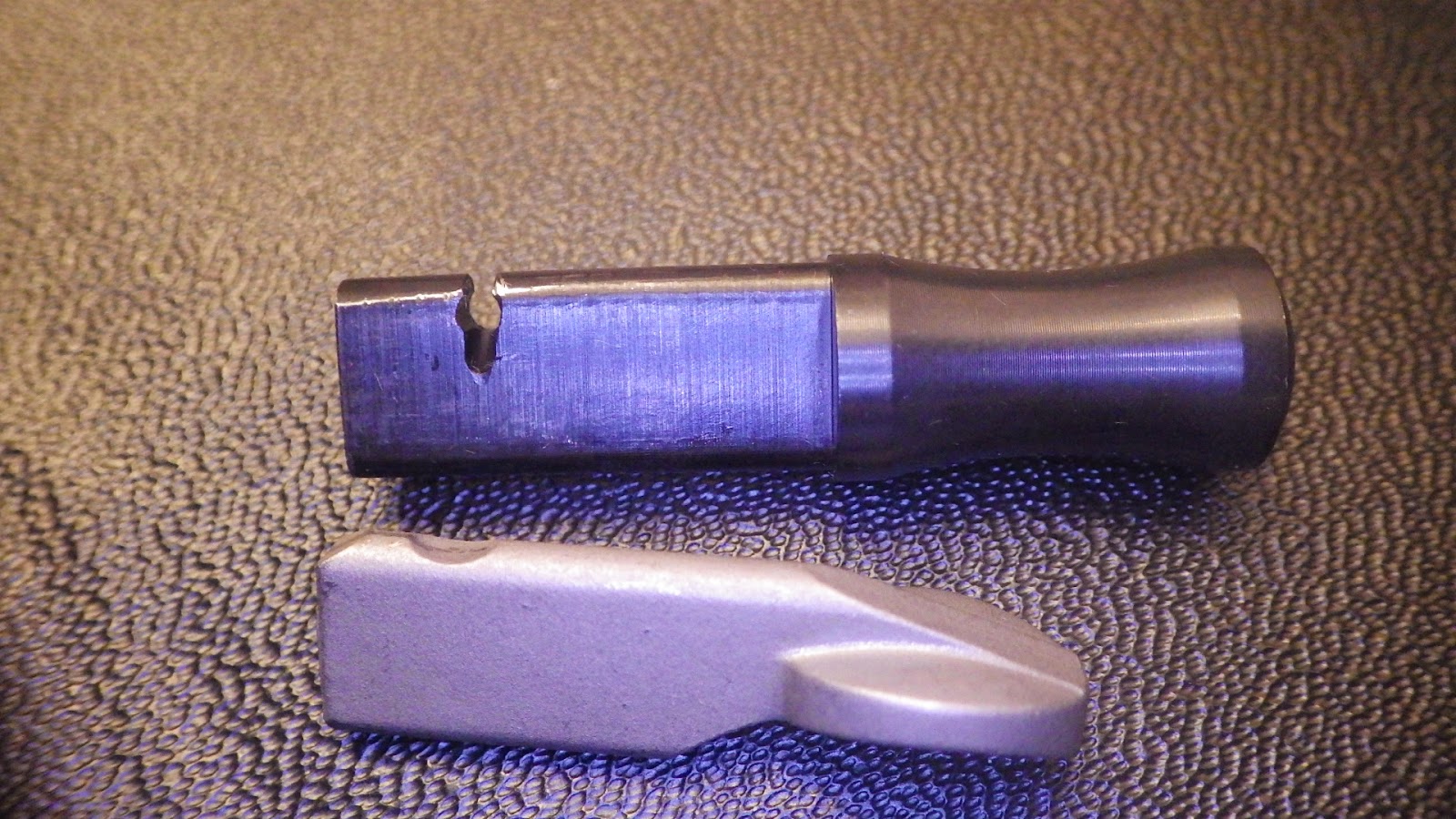 |
| Palmer Hay Flats, Photo Courtesy AK Dept. of Fish and Game |
Now if you're after duck in the Hay Flats, and for some reason decide that early morning blind work just isn't for you - deciding instead that you'd prefer a bout of post-brunch jump-shooting - I have only this to say: "Woe to all ye who enter here".
Contrary to our friend pictured above, unless you're wearing marsh skis you won't be walking very tall. After slogging in it for a few hours you'll begin thinking of Tolkien's Dead Marshes:
"Dreary and wearisome. Cold, clammy winter still held sway in this forsaken country. The only green was the scum of livid weed on the dark greasy surfaces of the sullen waters. Dead grasses and rotting reeds loomed up in the mists like ragged shadows of long forgotten summers." - The Two Towers by J. R. R. TolkienYes, I believe I even caught sight of Gollum that day. That or I was glimpsing other poor wretches sacrificing sanity and soul for a mallard.
 |
| Palmer Hay Flats, Courtesy Author's First-Hand Experience |
So a week or two later, a few friends and I walk into the woods looking for ptarmigan and grouse. The ol' Maxus is on the sling, still sporting a bit of swamp grass naturally decoupaged onto the stock. Contrary to my usual practice, I've not cleaned the Maxus since it was in the marsh, which may have something to do with what follows.
While walking through the spruce trees and brush - perhaps after firing at a laughing grouse cruising upwards at mach 1, or after I jumped off a log only to find another very quickly with my shin bone - the operating handle fell out of the gun. I noticed only too late. Gone. No hope of finding it.
The bolt handle is meant to be removed regularly, as this is how one removes the bolt and the bolt slide/breechblock from the receiver for cleaning. Had I cleaned the unit after my last outing, perhaps I would have noticed a loose handle. Then again, perhaps the the handle just caught on something in the woods, loose or not. Given my own negligence, I'm not ready to say it's a design issue, but clearly I'm not the only one to lose the operating handle on their Maxus.
One solution is to replace the operating handle with one of these aftermarket jobbies from Briley. The only advantage is that you can order it over the Internet, rather than having to sit in the Browning parts department phone queue, inconveniently open between 8am and 4pm CST, Monday through Friday. All parts are not made equally though, and the Briley operating handle gets a solid two thumbs down. The image to the left is what's pictured on Briley's site as the part for the Maxus and is representative of what was sent to me. But check out this part compared to a factory operating handle.
 |
| Top: Briley Operating Handle for Browning Maxus Bottom: Browning Maxus Factory Operating Handle |
This spring I got around to ordering two, mind you two, operating handles from Browning directly. One in black and one in silver. For about $11 each, it's less than the Briley and an extra one is some cheap insurance to stick in your possibles bag.
Happy Shooting!


